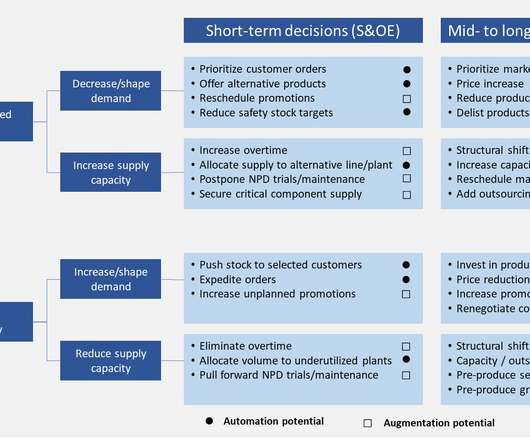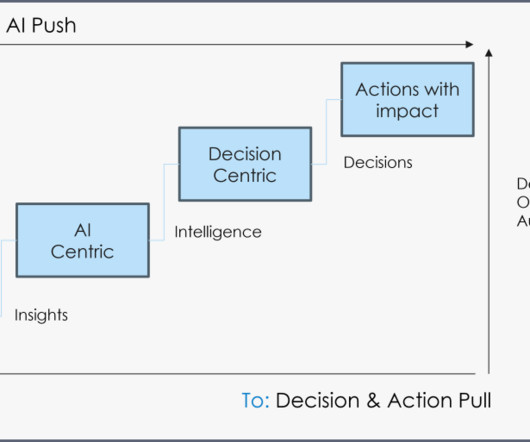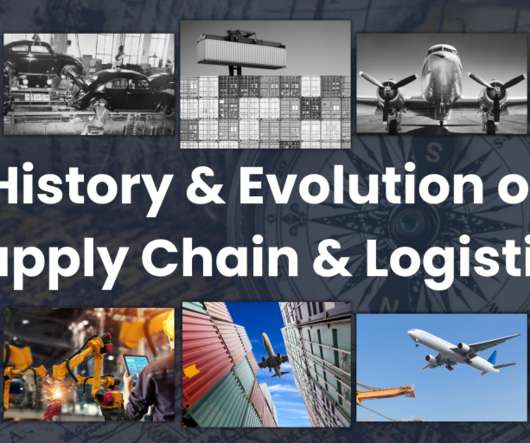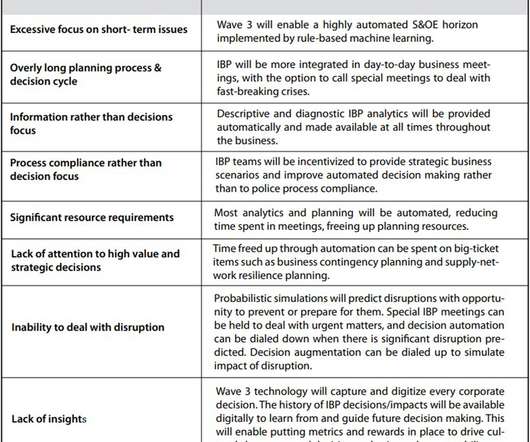Intelligent IBP – a new role for supply chain planners
Supply Chain Trend
MAY 17, 2022
In this blog : a new role for supply chain planners. Similar to the continuous automation of physical assets in the supply chain over the last 100 years, we’ve now reached the era where the knowledge worker will be augmented or automated by a machine. Supply chain planners and IBP teams will not escape this evolution.












Let's personalize your content